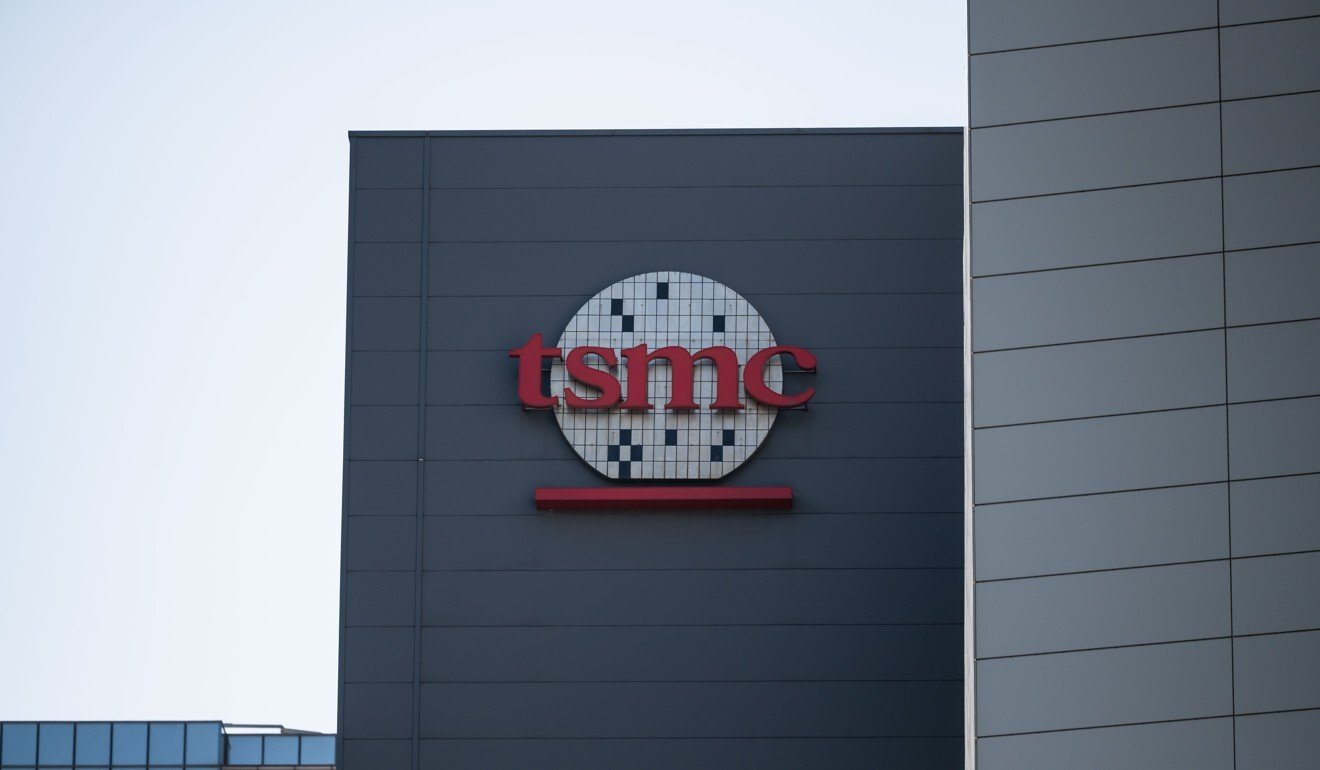
Global chip shortage: Taiwan promises to keep the world supplied with chips as wait times approach the ‘danger zone’
- Taiwan has revised down its GDP estimates for the year as Covid-19 cases continue to grow
- Chip lead times, the gap between ordering and taking delivery, increased to 17 weeks in April, an indication that desperation is setting in
If only domestic consumption is hit, and the outbreak ends by June 30, gross domestic product growth may be cut by 0.16 percentage points, National Development Council Minister Kung Ming-hsin said at a briefing in Taipei on Tuesday. If the outbreak extends into the third quarter, the hit could be 0.53 points. But the economy could still expand over 5% this year, said Kung, whose agency isn’t responsible for assessing GDP.
The government in February raised its forecast for GDP growth to 4.64%, betting that a global scramble for semiconductors will boost exports. But that was before an explosion of coronavirus cases this month, compounded by the impact of a worsening drought and periodic power cuts.
Everything you need to know about the global semiconductor shortage
“The impact on consumption is obvious, because restaurants and the service sector have been required to observe more strict social-distancing,” said Rick Lo, Fubon Financial Holding’s chief economist. “In manufacturing, for now it’s still safe, but if the situation gets worse then workers might not be able to work in the factories. The downside risk is increasing and it really depends on how quickly the outbreak is controlled.”
Kung said the government is asking companies to adopt various measures to help fight Covid, including setting up task forces to monitor developments, acting to control the flow of staff and visitors, and tightening controls on the movement of migrant workers.
TSMC, which dominates advanced chip production, on Monday said its workers are operating in separate teams. Face-to-face meetings have been curbed, and non-essential vendors were banned from its facilities.

Keeping up production is critical not just for Taiwan’s growth, but because the island is the world’s main supplier of advanced computer chips, which are in demand as the pandemic upends working arrangements and consumer goods become smarter.
When asked if Taiwan will prioritise orders from US carmakers as Washington is requesting, Kung said they’ll try to meet global car-chip orders as much as possible.
Chip lead times, the gap between ordering a chip and taking delivery, increased to 17 weeks in April, indicating users are getting more desperate to secure supply, according to research by Susquehanna Financial Group. That is the longest wait since the firm began tracking the data in 2017, in what it describes as the “danger zone.”
“Elevated lead times often compel ‘bad behaviour’ at customers, including inventory accumulation, safety stock building and double ordering,” Susquehanna analyst Chris Rolland wrote in a note Tuesday. “These trends may have spurred a semiconductor industry in the early stages of over-shipment above true customer demand.”
Lead times for certain products are increasing sharply, even after months of shortages. Power management chips, for example, spiked to 23.7 weeks in April, a wait time about four weeks longer than a month earlier, according to Susquehanna. Industrial microcontrollers order lead times extended by three weeks, some of the steepest increases Rolland has seen since he began tracking the numbers in 2017, he wrote.

03:46
Taiwan’s worst drought in decades adds pressure to global chip shortage
Delays are often worse for smaller manufacturers, with headphone makers facing lead times longer than 52 weeks, according to people familiar with the supply chain. This has forced companies to redesign products, shift priorities and, in at least one case, completely abandon a project, said one of the people, asking not to be named because the information is not public.
“Beginning with January data, we have witnessed numerous large JUMPS in reported LTs,” Rolland wrote, referring to lead times. “Whereas in prior years, an individual company would typically move their stated LTs up and down just a few days in a given month, starting this year we have seen significant jumps in LTs that have skewed our data.”

